Seems like a simple question. It is a packaging decision that comes up a lot and not just at the grocery store. Neither is natural, yet both come from nature. One comes from processing of wood or pulp fiber and one comes from processing of oil or gas derivatives.
Which is better for the environment? Again it seems like a simple question but the answe![ciba_949085_corrugated_box_hr[1]](https://www.pac.comhttps://www.pac.com/wp-content/uploads/2011/08/ciba_949085_corrugated_box_hr1-300x238.jpg) r is not at all straightforward. Both have benefits over the other on some of the typical topics of: recyclability, weight of packaging, bulk of packaging, recycled content, degradable in common waste streams, carbon footprint and sustainability. There are many independent studies that support both claims. Both have reasonable environmental stories. I am surprised and saddened that perception is often in favor of paper because the facts play out very evenly on this topic.
r is not at all straightforward. Both have benefits over the other on some of the typical topics of: recyclability, weight of packaging, bulk of packaging, recycled content, degradable in common waste streams, carbon footprint and sustainability. There are many independent studies that support both claims. Both have reasonable environmental stories. I am surprised and saddened that perception is often in favor of paper because the facts play out very evenly on this topic.
Which is better for packaging? It depends on many things.
There are times when poly is an obvious choice where it relates to features of clarity, food packaging, moisture protection or desire for flexible packaging. Paper is an obvious choice when it applies to the stiffness, strength and stacking ability needed in corrugated boxes or folding cartons.
There are many other packaging decisions that are less clear. When it comes to protection, graphics, cost, ease of use and suitability the decision between paper and poly could go either way. Paper and boxes have been around for many years and often are the default answer to the question, but poly has been gaining share for many years for many reasons that typically relate to benefits.
Packaging buyers should carefully consider both options. They should challenge their paper and poly suppliers to come up with products that are most suitable to their packaging requirements and then decide.


Thanks for the share!
Nancy.R